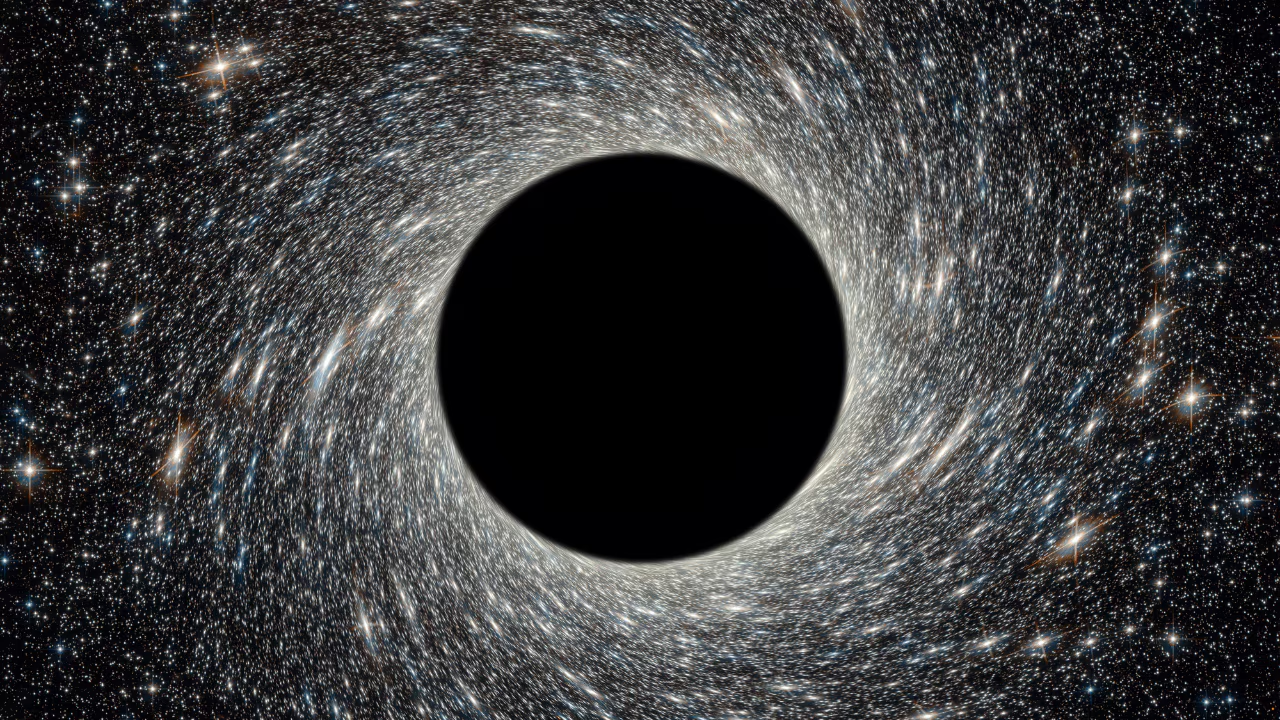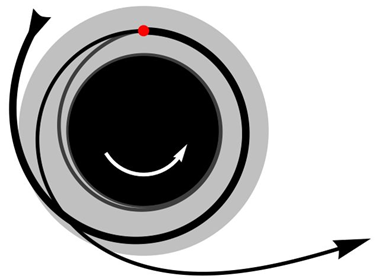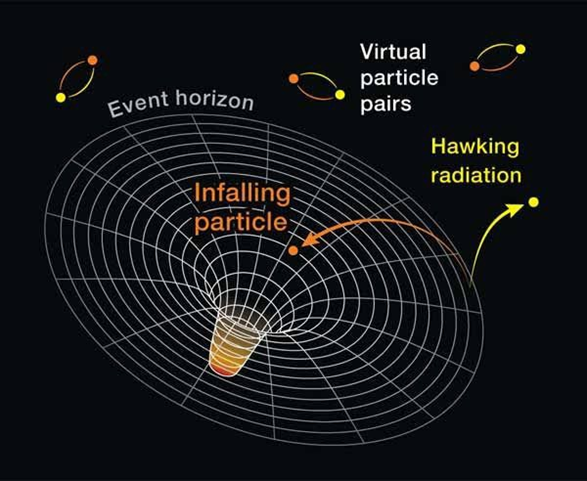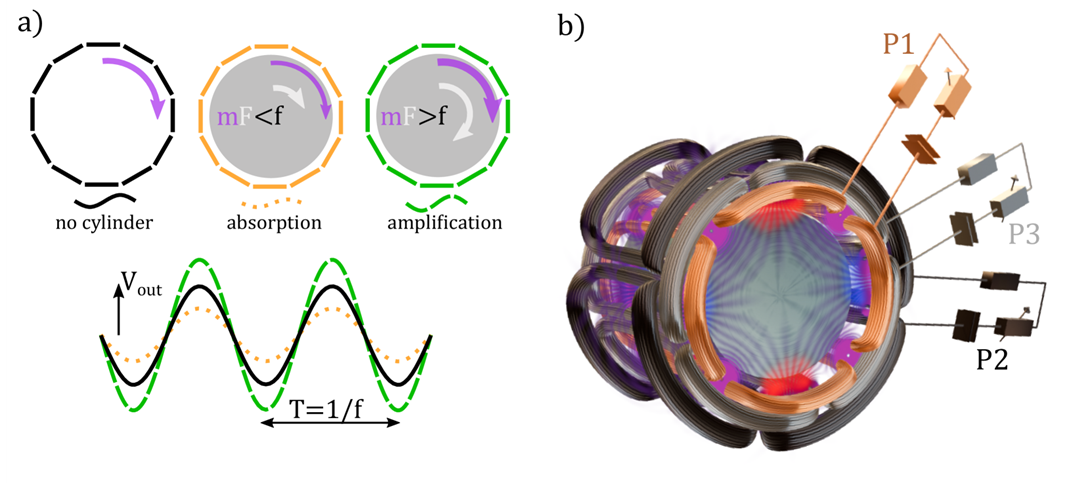- Courses
- GS Full Course 1 Year
- GS Full Course 2 Year
- GS Full Course 3 Year
- GS Full Course Till Selection
- Answer Alpha: Mains 2025 Mentorship
- MEP (Mains Enrichment Programme) Data, Facts
- Essay Target – 150+ Marks
- Online Program
- GS Recorded Course
- Polity
- Geography
- Economy
- Ancient, Medieval and Art & Culture AMAC
- Modern India, Post Independence & World History
- Environment
- Governance
- Science & Technology
- International Relations and Internal Security
- Disaster Management
- Ethics
- NCERT Current Affairs
- Indian Society and Social Issue
- NCERT- Science and Technology
- NCERT - Geography
- NCERT - Ancient History
- NCERT- World History
- NCERT Modern History
- NCERT Medieval History
- CSAT
- 5 LAYERED ARJUNA Mentorship
- Public Administration Optional
- ABOUT US
- OUR TOPPERS
- TEST SERIES
- FREE STUDY MATERIAL
- VIDEOS
- CONTACT US
World's First 'Black Hole Bomb' Created in a Lab (2025)
World's First 'Black Hole Bomb' Created in a Lab (2025)
05-05-2025

- Recently, Scientists at the University of Southampton (UK) have, for the first time, recreated a “black hole bomb” in a laboratory.
- This experiment proved a 50-year-old theory that waves can grow stronger by stealing energy from a spinning object, just like near a black hole.
- The experiment used a spinning aluminium cylinder, magnetic fields, and reflected electromagnetic waves.

What is a 'Black Hole Bomb'?
- It’s a theoretical idea that says waves (like light or sound) can get stronger and stronger when bouncing around a fast-spinning object.
- These waves steal energy from the spinning object, making it slow down.
- The effect was first proposed in 1971 by physicist Yakov Zel’dovich.
Background – Where Did the Idea Come From?
a) Penrose Process (1969)
- Proposed by physicist Roger Penrose.
- He said that energy can be taken out of a rotating black hole, in a region called the ergosphere (a zone around a black hole where space-time is stretched).
- Black hole means : an area in space that nothing, not even light, can escape from, because the force that pulls objects in space towards each other (gravity) is so strong there
- In this zone, a particle can split into two:

-
- One part falls into the black hole with negative energy.
- The other escapes with more energy than it had before.
b) Zel’dovich Effect (1971)
- Physicist Yakov Zel’dovich asked: Can this process happen without a black hole?
- He suggested:
- A fast-spinning metal cylinder could do the same.
- If waves (like sound or light) hit it, they could gain energy.
- If mirrors reflected the waves back and forth, they would grow stronger each time.
- This energy boost process was later called a “black hole bomb.”
Key Concept – What Is the Zel’dovich Effect?

- If a spinning object moves faster than the incoming waves, it can shift the wave’s frequency.
- Waves turn into negative frequencies
- This allows the wave to take energy from the spinning object—causing amplification.
- Similar to the Doppler effect (like when a car honking its horn sounds different when it approaches or moves away), but with rotation instead of motion.
The Lab Experiment – How It Was Done
- Led by Hendrik Ulbricht and Marion Cromb.
- The setup included:
- A spinning aluminium cylinder.
- A three-phase magnetic field.
- A resonant circuit that acted like mirrors, bouncing electromagnetic waves back.
- What happened:
- At first: only background noise.
- Then: waves started amplifying with each bounce.
- Result: waves stole energy from the spinning motion, just like the theory said.
Why Is This Important?
- This experiment provides real proof that waves can grow stronger by taking energy from a rotating object.
- It shows that we can study cosmic physics (physics related to space, stars, and black holes) right here on Earth.
- It also proves some predictions made by Einstein’s theory of relativity (a theory about gravity and space-time).
- This finding could help scientists understand how black holes lose energy.
- It could help detect dark matter (mysterious stuff in space that we can’t see but know is there because of its gravity) and how it behaves near black holes.
Future Possibilities
- Scientists want to try using even smaller energy changes in space (called quantum vacuum fluctuations, which are tiny fluctuations in energy that happen in empty space) to start the wave amplification process.
This will require new technology, but it’s now considered possible.




